Spectroscopic Appearance of Topological Nature in Two Weyl Semimetals
Topology in abstract mathematics has revolutionized our conventional understanding of solid state physics, resulting in the emergence of exotic quantum phases such as topological insulators (TIs). Recently the realization of the Weyl semimetals (WSMs) leads us to uncover the topological properties of materials beyond TIs. WSMs have gathered a deal of great attention because the quasiparticles in WSMs behave as Weyl fermions, massless chiral fermions long sought in particle physics. WSMs are classified into two types, Type I and II, according to the topology of the Weyl point, where the electron and hole pockets touch each other. In our experiment, the electronic structures of two transition metal dichalcogenides (TMD) type-II WSMs were studied by quasiparticle interference (QPI) with scanning tunneling microscopy (STM). The results have shown the evidence that both T d phase Tungsten Ditelluride (WTe 2 ) [1] and Molybdenum Ditelluride (MoTe 2 ) [2] are type-II WSM, agreeing with the prior theoretical predictions. For example, the energy diagram in Figure 1 derived from the QPI experimental data clear shows both the scattering of Weyl points and connecting Fermi arc surface states for MoTe 2 . Meanwhile, the difference in the topological appearance (i.e. the positions of the Weyl points and the Fermi arc surface states) between two type-II Weyl semimetals is also clearly revealed.


